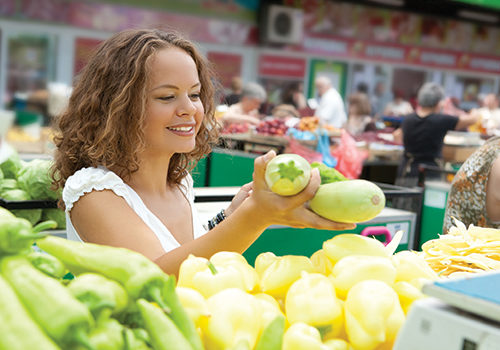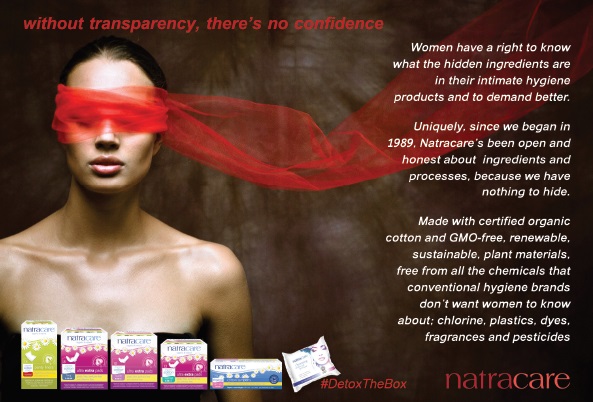Beginning on page 18 of this issue, you’ll find the “2015 WholeFoods Magazine Retailer Survey Overview,” now in its 38th year. Fresh perishable food such as produce, juice bar, deli and refrigerated prepared food continue to define the character of a store, how many customers will shop per day, and its sales and profit. This year’s survey pool represents roughly 10% of the sales generated by the independent and co-op channel, with stores from every part of the country, of every type and size.
We divided stores into five groups, from 0% to 55%+ sales from perishable food. In 2015, four out of five of these groups grew; that includes stores with little or no perishables and stores with lots of perishables. But once again, stores in the middle—with 10% to 19% of sales from perishables—struggled, showing an actual decline in average sales to $852,305 in 2015 from $915,705 in 2014.
Overall, stores are getting larger. The average gross lease area (GLA) footprint in the survey rose to 4,432 ft2 from 4,321 ft2 last year. Most of this growth was concentrated in the higher perishables stores; those with 20% to 54% of their sales from fresh refrigerated food. It seems independent retailers are being rewarded by bringing their footprints into the 6,000- to 10,000-ft2 range and diving deeper into fresh food. The combination of enhanced size and product mix appears to be making a positive impression on shoppers who are increasingly seeking fresh, high-quality food.
2016 Retail Universe for Premium Natural, Organic Food, Supplement and Personal Care Sales
Natural and organic products have begun to penetrate deeply into mainstream food retailing channels. On page 25, you’ll find the updated “2016 Retail Universe for Premium Natural, Organic Food, Supplement and Personal Care Sales,” which covers all eight major distribution channels in the food retailing universe. Here, you’ll find the natural and organic results for conventional supermarkets, club and mass merchandisers, vitamin chains, and of course, the supernaturals like Austin, TX-based Whole Foods Market, and Phoenix, AZ-based Sprouts Farmers Market.
As you know, these large “non-traditional” retailers are aggressively moving onto our turf, adding over $9 billion in natural organic sales in 2015. All told, natural organic products now account for 11.39% of total U.S. food store sales, with no signs of stopping anytime soon. WF
Publishing in WholeFoods Magazine December 2015

Jay Jacobowitz is president and founder of Retail Insights®, a professional consulting service for natural products retailers established in 1998, and creator of Natural Insights for Well Being®, a comprehensive marketing service designed especially for independent natural products retailers. With 38 years of wholesale and retail industry experience, Jay has assisted in developing over 1,000 successful natural products retail stores in the U.S. and abroad. Jay is a popular author, educator, and speaker, and is the merchandising editor of WholeFoods Magazine, for which he writes Merchandising Insights and Tip of the Month. Jay also serves the Natural Products Association in several capacities. He can be reached at (800)328-0855 or via e-mail at jay@retailinsights.com. Listen to Jay speak at NPA SOHO Expo on Friday, December 4, at 10:15 a.m. Jay will be speaking about the “2015 38th Annual Retailer Survey by WholeFoods Magazine,” covering key findings and analysis from the survey. He will be exhibiting at Booth #307.











